Release date: 2015-03-10
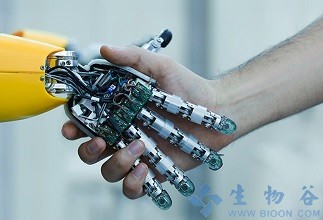
The transplantation technology has entered a new chapter. In recent years, the arbitrariness of science and technology, including 3D printing technology and bio/mechanical communication, researchers and scientists began to make human organs, "printing" tumors to evaluate the efficacy of chemotherapy, designing artificial limbs with controlled thinking and so on. Advances in these technologies have significantly improved the quality of life of patients. Here, we take stock of the transplanted bionic prosthesis/body 10 tips.
1. Robot exoskeleton
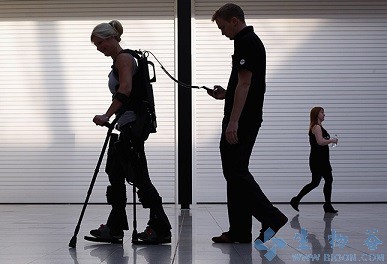
3D Systems and EksoBionics have designed a 3D printed robotic set called EKSOTM to help patients overcome limb paralysis. This bionic exoskeleton is used in rehabilitation centers around the world to help patients with difficulty walking due to stroke, trauma, or poor developmental conditions such as cerebral palsy. The battery-powered motor drives the movement of the legs to compensate for the lack of brain-muscle control. The manufacturer in the overalls is working with Oakland Children's Hospital in California to try to build a bone version for kids.
2. The world's first "bionic person"

Much like the EKSO above, this bionic person named WREX (Wilmington Robotic Exoskeleton) is also designed to help patients recover their impaired athletic ability. 3D printing technology has been powerful enough to help some people with developmental disorders to recover their upper and lower limbs. The WREX opener has even created the world's first bionic person with complete hand, leg, internal organs and eye functions.
3. Artificial heart

Syncardia's artificial heart has been used in 1,250 patients waiting for a heart transplant. While they continue to wait for the transplant, with a backpack-sized driver to keep the artificial heart active, this device allows people to move around, live at home and exercise. However, the US Food and Drug Administration (FDA) only allows SynCardia to be used on patients who are unable to transplant. Whether the device can permanently replace the heart seems to be in the process of research.
4. Really fake limbs
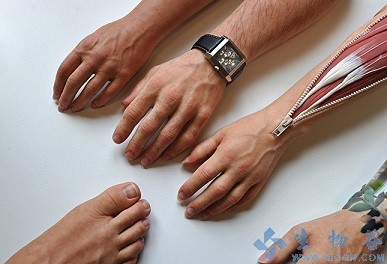
Many of today's prostheses not only function similarly to actual body parts and organs, but they also seem to be fake. The development of prostheses produced under printing technology requires consideration in addition to correct anatomical shapes, as well as references such as spots, fingerprints, nail color, hair and even tattoos. A realistic prosthesis may help to appease emotional trauma caused by missing limbs.
5. Smartphone controlled arm

According to the latest version of the touch bionic technology "i-limbTM", patient fake upper limbs can now set up to 24 commands to their smartphones to help control prosthetic movements. The working principle of the electromyography robotic appendage: the sensor detects muscle changes in tiny movements, and the computer on the patient's prosthesis can translate these changes into dozens of accurate actions.
6. Replacement of lameness

The BiOMT2 battery-powered prosthetic foot, invented by a Lost Legs professor at the Massachusetts Institute of Technology, is capable of simulating realistic movements and allowing users to have a more natural gait. The device combines advanced electronic and biomechanical features like a real foot and ankle joint.
7. Thought-controlled robotic legs

The thought-controlled mechanical legs developed by Northwestern University have recently caused a person who lost a leg in a motorcycle accident to climb the 103-story Chicago Wills Building. The prosthetic decoded electromyogram (EMG) signal is generated from the inner nerve and the innervation of the thigh muscle. It can analyze the expected trend of the patient and the mechanical leg will cooperate with the action. This mechanical leg may be widely used in 2018.
8. Highly modular moving arm
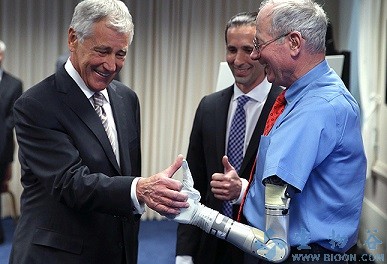
The DEKA arm system or the Luke arm approved by the FDA last year can read signals from the upper limbs left after amputation of the upper limbs and translate them into complex movements. The device has the same size and shape of the same person's arm, replacing a lost hand, arm fore limb, or a complete arm.
9. Prosthetic hand that can be felt
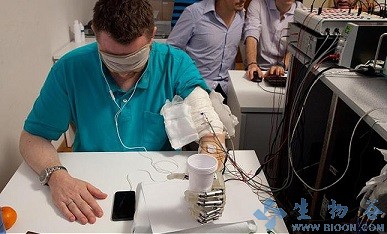
The NEBIAS project, which the European Union is committed to, has invented the world's most advanced artificial hand and has a sense of touch. When the installer holds an object, the sensor on the hand communicates with the upper arm nerve so that the installer can know what the grip is. Researchers are still optimizing the technology, so this hand may not appear on the market in the next few years.
10. Retinal implantation
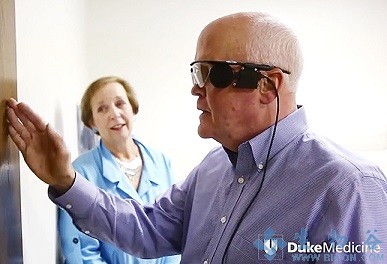
About 100 people worldwide have implanted the Argus II retinal prosthesis system. This "bionic eye" uses a miniature camera mounted in a pair of glasses to transmit images to the implanted retina through a small wire. The device does not fully restore vision, but it does allow patients who have lost sight to distinguish between shape and light and dark areas.
Source: Bio Valley
Cable Reel,Water Hose Reel,Water Hose Cable Reel,Commercial Water Hose Reel
NINGBO QIKAI ENVIRONMENTAL TECHNOLOGY CO.,LTD , https://www.water-hose-reel.com